#underground Metro
Explore tagged Tumblr posts
Text
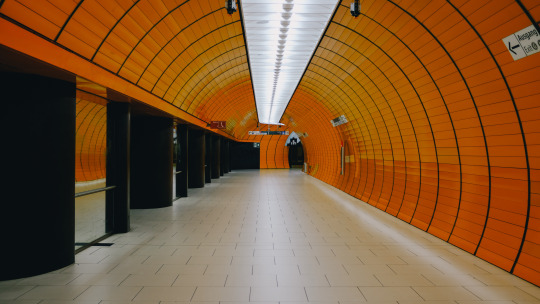
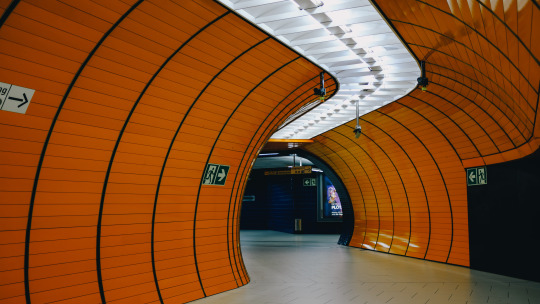
Munich Underground Series by Enighui (IG)
6K notes
·
View notes
Photo

Peter Turnley. The Paris Metro
I Am Collective Memories • Follow me, — says Visual Ratatosk
#BW#Black and White#Preto e Branco#Noir et Blanc#黒と白#Schwarzweiß#retro#vintage#Paris Metro#Peter Turnley#subway#underground#dog#cachorro#cadela#Hund#chien#cjhienne#犬
491 notes
·
View notes
Text

#Vaporwave#aesthetic#ai art#digital art#colors#synthwave#lofi#nostalgia#retrowave#video game#concept art#art#dreamscape#unreality#city#moody#subway#liminal#liminal spaces#metro#underground#green#overgrown#plants#abandoned
587 notes
·
View notes
Text




Ukrainian children in Kharkiv, which borders Russia, had their first day of school at the metro station, where four classrooms were arranged amid relentless Russian shelling. This “metro school” is equipped for 800 children, who can attend it in two shifts and on Saturdays.
Sources: Euromaidan Press, Suspilne Kharkiv
194 notes
·
View notes
Text

Louisa Gagliardi (Swiss, 1989) - Riders (2021)
95 notes
·
View notes
Text
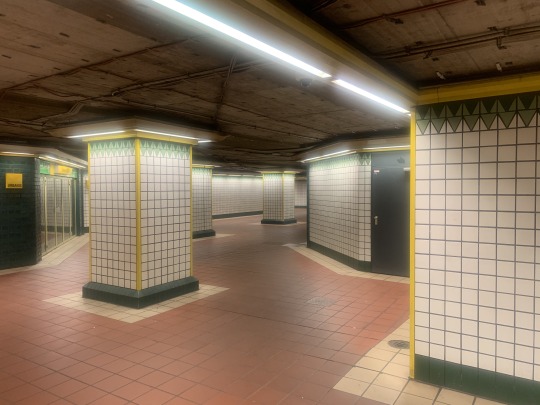
Berlin, August 2023
#Berlin#Germany#Reinickendorf#metro#subway#underground#station#liminalcore#liminal#liminal space#liminal spaces#the backrooms#backrooms
690 notes
·
View notes
Text
Así limpian las escaleras en los metros de Nueva York:
320 notes
·
View notes
Text

ač právě skončil prague pride, u nás začal prague underground pride: namísto tramvají teď vlajky nosí vlaky metra, která šíří důležité poselství: veřejné dopravní prostředky není nutno kombinovat jen způsobem metro+tramvaj nebo metro+autobus: validní a úplná cesta do práce či do školy může být i dvěma metry 🏳️🌈 [když člověk přestupuje]
též pražské metro zastává názor, že by vlaky měly mít volbu, zda chtějí jezdit nad zemí či pod zemí (či jinde), aniž by musely procházet povinnou sterilizací 🏳️⚧️
#prazske metro#verejna doprava#čumblr#obrození#praha#prague pride#underground#lgbtq#queer#trans#gif#love is love#rodina#doleva
101 notes
·
View notes
Text
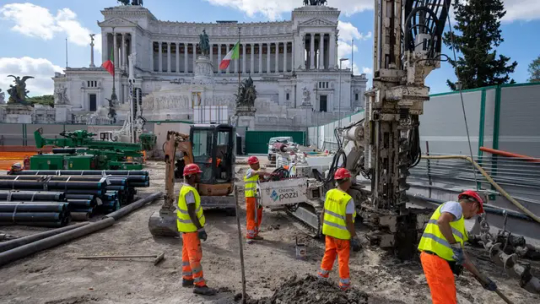
Rome is Building an Eight-Story Underground Museum – But Treasures Keep Getting in the way
Rome, as it’s often said, wasn’t built in a day. And nowhere is that more evident than its state-of-the-art Metro Line C, an ambitious project meant to help relieve the Italian capital’s renowned traffic hellscape and celebrate its rich archeological history with a unique-in-the-world underground museum.
The €700 million line ($757.7 million) was originally envisioned for the Catholic Jubilee of 2000 as a vital link between Rome’s San Giovanni Cathedral and Vatican City’s St. Peter’s Basilica, making it easier for visiting pilgrims to collect indulgences by walking through the churches’ holy doors. Rome’s major basilicas open their holy doors only during Jubilee years, allowing Catholics from all over the world to make pilgrimages to the city to walk through them, symbolizing an openness to receive mercy and reconciliation.
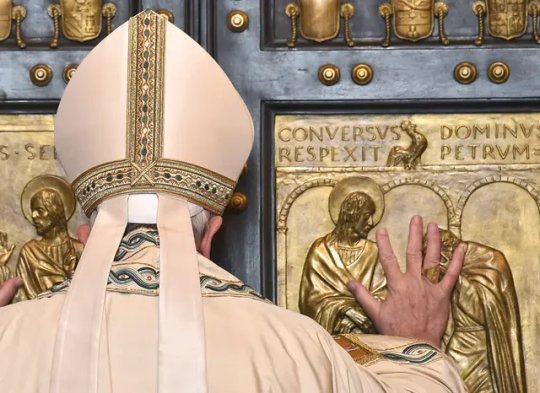
But the 2000 dream never happened, thanks to a series of problems ranging from a corruption scandal in the city government and the sheer number of archeological objects – 40,000 in all, from petrified peach pits to pottery and vases and even the walls and mosaics of Emperor Hadrian’s 2,000-year-old military barracks – found with each shovel full of dirt during the initial preparations.
Now the hope is to have the line’s showcase Piazza Venezia stop, featuring an eight-story underground museum, ready in 10 years, according to engineer Andrea Sciotti, who is in charge of the metro museum complex. This will allow them to open around the Jubilee of 2033, which will mark 2,000 years since the death of Jesus Christ.
“It’s true, 10 years seems like a long time, but we aren’t just dealing with the engineering issues,” Sciotti said inside the construction site. “This station will be judged as the most beautiful in the world … we don’t have to rely on museum items being brought in, the museum station is in its original context in ancient Rome.”
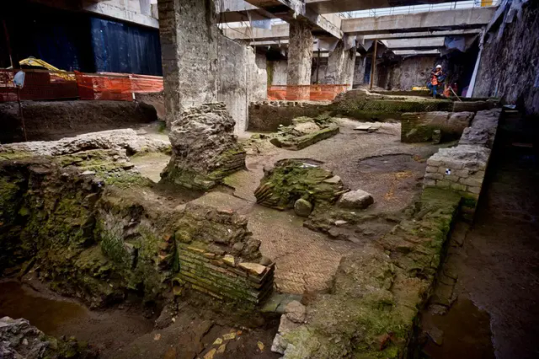
Displayed where they were found:
During the initial phases of work carried out in the last five years, Sciotti said all of the artifacts were removed from the site for restoration. Each will be placed exactly where it was found inside the metro museum, which is being dug some 85 meters (280 feet) deep, encompassing eight stories below the modern city of Rome.
Over the millennia the modern city has been built over covered ruins. Only around 10% of ancient Rome has been excavated, with the rest still buried some nine meters (30 feet) below the current city, according to Rome’s tourist bureau. The city dates back to the stone age and construction work is notoriously hampered by the discovery of ruins that are too plentiful to even excavate and are often reburied to preserve them. Even simple infrastructure work, like sewage repairs, have to be attended by archeologists who have the power to stop the work if something is found.
There will be 27 escalators, six elevators and 66,000 square meters of archeological exhibit space. Ancient walls found during excavations will be placed “in situ” in the modern station and the ancient Via Flaminia that ran through the ancient city to the nearby Roman Forum and Colosseum.
The station’s three main entrances will connect the three museums around the square: the Vittoriano, the Palazzo Venezia and the outdoor ruins of the Roman Forum anchored by the Colosseum at the far end, which has its own metro station that will also feature museum and exhibit space.
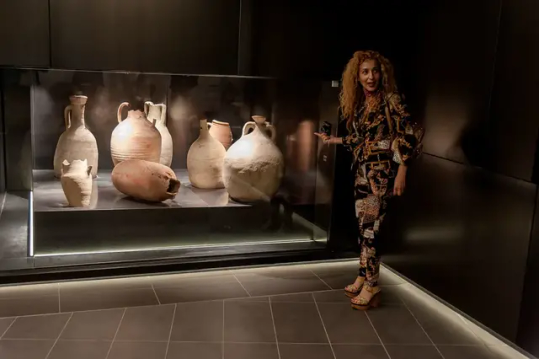
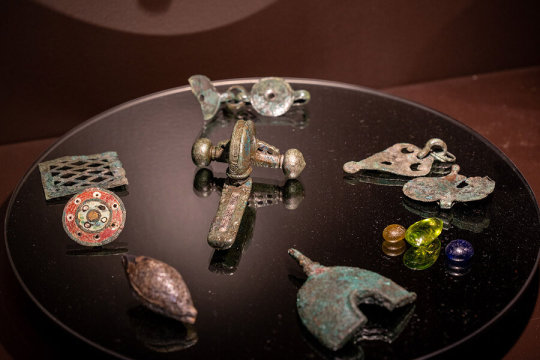
Several of the archeological sites will have access points from inside the metro museum, meaning commuters and tourists alike can exit the station by rambling through historically significant ruins like Hadrian’s Auditorium, which was discovered when the initial archeological investigation into the project started and was meant to be the location of the station entrance. Since then, they moved the site and excavated the ruins, which are currently only visible looking down from street level.
‘Top down’ excavation system:
To secure the site as they dig, engineers are using a “top down” excavation system, which has never been used in Italy but was an integral part of the Jubilee line in London. Cross walls and diaphragms are being buried deep into the soil to form the perimeter of the underground complex, with the dirt taken out recycled and enhanced to be used in the building materials, Sciotti said.
The train tunnels themselves are not the issue since they will be more than 100 feet below ground.
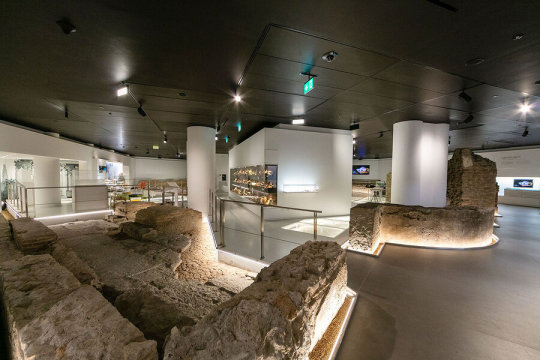
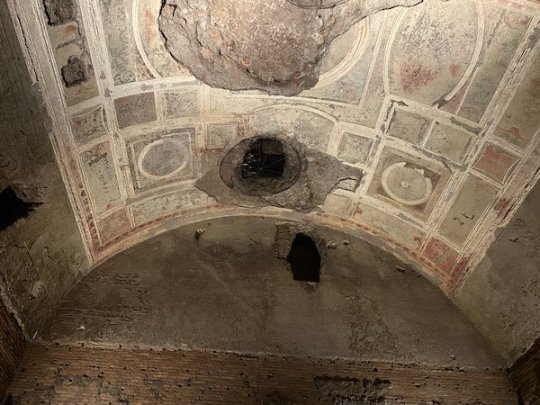
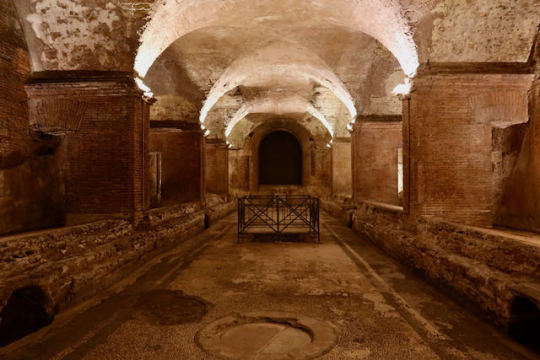
The Venezia station museum stop is not the only treasure on the new line. In 2016, archeologists working on the site of the Porta Metronia (previously known as the Ambra Aradam) station found a 39-room complex that spanned more than 9,700 square feet that has been incorporated into the underground station, which will open by the end of 2024. In 2025, the new Colosseo-Fori station, complete with a four-level underground museum to showcase artifacts including 25 archaic wells unearthed when it was built, will also open after activation tests, meant to begin in October, are completed.
The entire 26-kilometer C-line will be Italy’s first fully automated driver-less subway system and will reduce road traffic by 400,000 vehicles a day, meaning CO2 emissions will be reduced by some 310,000 tonnes a year, according to the WeBuild group, which is the main contractor for the project.
The original plans from the 2000 Jubilee have been modified to eliminate several stations in the historical center that would have simply been too difficult to excavate.
By Barbie Nadeau.
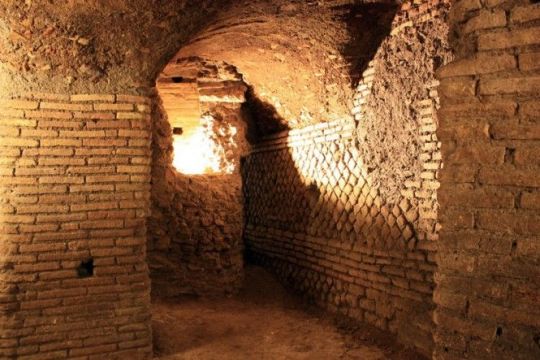
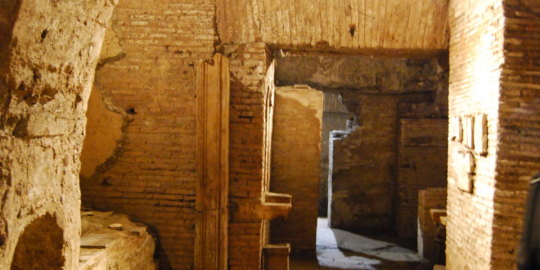
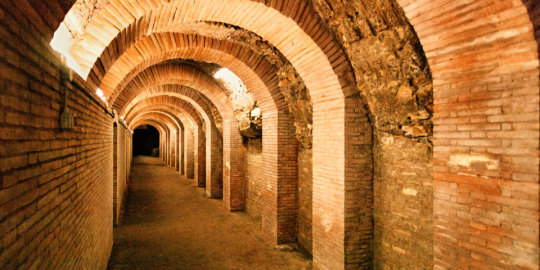
#Rome is Building an Eight-Story Underground Museum#The Venezia station museum#Metro Line C#Piazza Venezia stop#ancient artifacts#archeology#archeolgst#history#history news#ancient history#ancient culture#ancient civilizations#ancient rome#roman history#roman empire#roman art#ancient art#long post#long reads
121 notes
·
View notes
Text

2011 Paris
#2011#paris#photo#streetphography#photography#photooftheday#photographylovers#balloons#stairs#streetphotographers#underground#metro#allegorie#life#original photographers#pierre wayser
32 notes
·
View notes
Text


🐙🦑🍓🍓🍓💕
Click and Open image for HQ! [Commission OPEN] | [Cheap-bi Commission OPEN] | [Ko-fi] | [Twitter] | [Instagram]
Here are some more of them being sillies. And I can't draw chibis.
#fryver#shivrye#shiver x frye#frye x shiver#shiver hohojiro#frye onaga#splatoon 3#splatoon#frye#shiver#I had doubt when i described their clothes in the fanfic maybe the drips wont fit them#but mah gawd these cephalopods are looking so damn gay. the soft masc energies. My weakness 😳😤#I really want to draw a pinup of Frye in that outfit and it would be so 👀👀👀🥵#And desperately want to draw that stupid underground metro scene. *Sigh* I need to finish project before starting a new one.#Plus I dont know where to post any 👀🥵 art at#international lesbian day#sapphic#lesbian#queer
304 notes
·
View notes
Photo

Munich Underground Series
92 notes
·
View notes
Photo

William Klein. Underground station. Moscow. 1959
I Am Collective Memories • Follow me, — says Visual Ratatosk
#BW#Black and White#Preto e Branco#Noir et Blanc#黒と白#Schwarzweiß#retro#vintage#William Klein#Underground station#Metro#subway#Moscow metro#UISSR#URSS#1959#1950s#50s Moscow. 1959#Kyivskkaya station#kids#children#crianças#gamins#enfants#Kinder#子供たち#児童
353 notes
·
View notes
Text
youtube
Did you know that Barcelona (Catalonia) has one of the oldest underground/subway system in the world?
The oldest one is London's (UK), which was started in the year 1863. Barcelona's metro started in 1863 too, but at that point this rapid transit railway was not underground. The first completely underground line was inaugurated in 1924, and that first line mentioned before was turned into an underground line in 1929.
Nowadays, Barcelona's metro tunnels run for 125.4 km (more than 411.417 ft) with 165 stations. This number is not including the cable railway and cable car, which are integrated in the metro system.
In the video above, you can see the evolution of Barcelona's metro and the expected changes in the near future.
#barcelona#catalunya#metro#underground#subway#public transit#public transport system#public transportation#europe#travel#1800s#1900s#història#history#wanderlust#did you know#the more you know#trains#railroad#Youtube
42 notes
·
View notes
Text

one a day 68/366
"vienna underground" / Vienna / Austria / ©Julia Lametta
#photography#urban photography#series.one.a.day#ladder#construction site#underground#metro#vienna#photographers on tumblr#julialametta#original photographers#artists on tumblr
105 notes
·
View notes